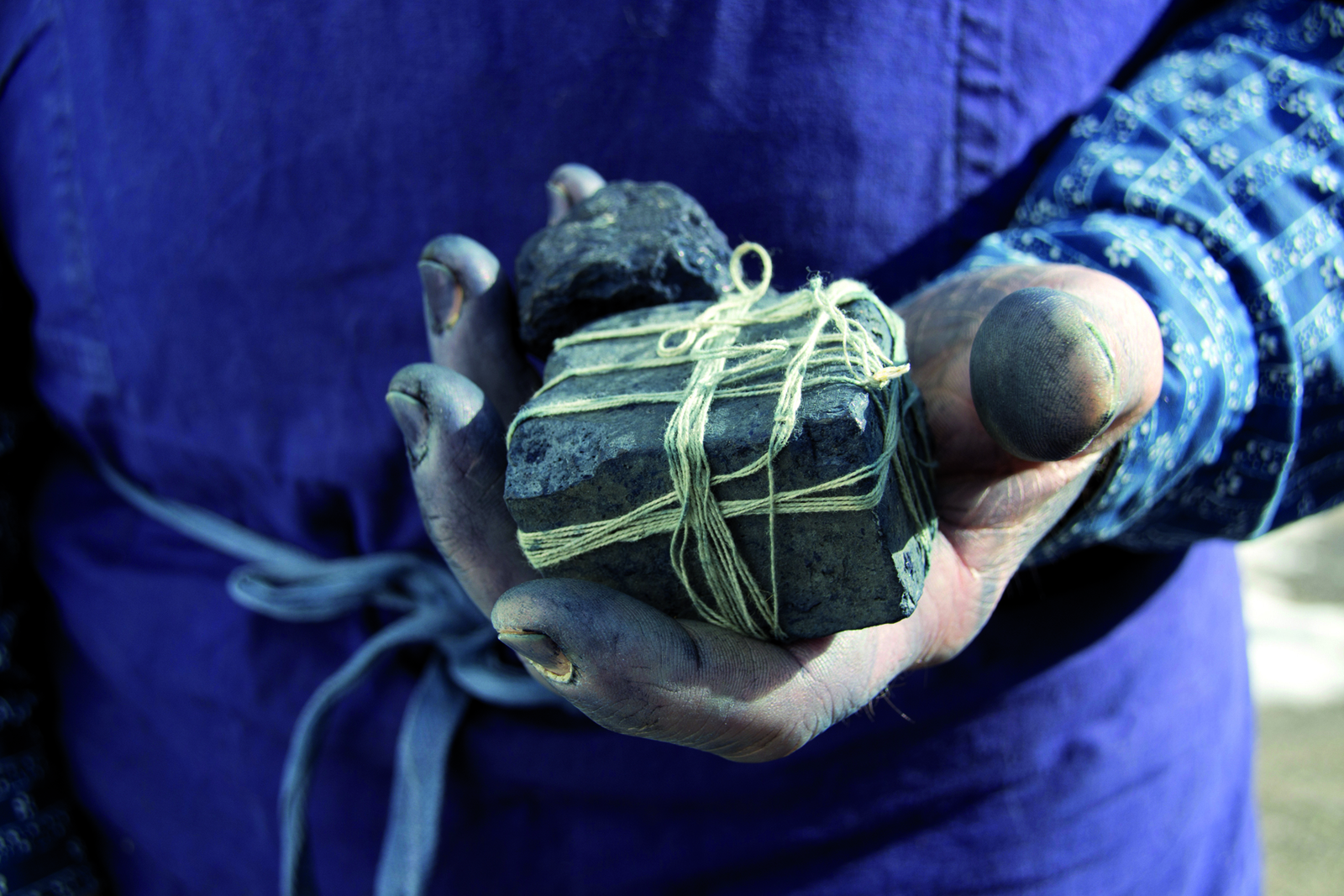Blueprint - resist block printing and indigo dyeing in Burgenland
Traditional craftsmanship in Burgenland, inscribed 2010
Blueprint in Burgenland involves the dyeing of fabric with the help of a special type of printing technique called “Reservedrucktechnik” (resist printing). Traditionally, wood patterns and paste are used to apply the requested design onto the fabric, which is subsequently dyed indigo. It is said that textile printing was probably discovered by chance and can now be traced back for centuries in countries such as Hungary, Turkey, the Czech Republic or Egypt.
The technique was established in Central Europe in the 17th century. Initially blueprint fabrics were particularly popular among bourgeois circles, but they gradually became popular in folk textiles and costume. During the 18th and 19th centuries, regional craftsmen travelled abroad ‘as journeymen’ to learn the new technique, forming guilds and associations, and documenting their routes in travel journals. This resulted in a significant exchange of designs and patterns among practitioners. This ‘cooperative spirit’ is still practised today, for example, at the annual international market for printers in Gutau, Upper Austria. Through sharing the history, knowledge and experience of a joint practice, practitioners find meaning, purpose and direction for their individual sense of identity.
In 1930, the Austrian Koó family purchased a roll pressure machine, which is still used today in its third generation for the production of double strike, the family’s speciality. The wood patterns applied for printing are more than 100 years old. The Koó family has only a few written records on the composition of the paste; knowledge about its special components is passed down from one generation to the next.
Contact
Downloads
- Application form (in German only) 290 KB (pdf)
- Expertise Hartl (in German only) 88 KB (pdf)
- Expertise Krist (in German only) 49 KB (pdf)


![[Translate to EN:] © J. Ségur/ZED, with the permission of UNESCO](/fileadmin/_processed_/d/b/csm_Convention-2003-IKE_0832a6a47d.jpg)
![[Translate to EN:] © ÖUK](/fileadmin/_processed_/3/9/csm_P1011318_7eac86402f.jpg)

![[Translate to EN:] © Weitblickfilm](/fileadmin/_processed_/9/8/csm_Workshop_17_2dee1e1fd8.jpg)